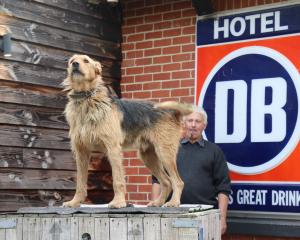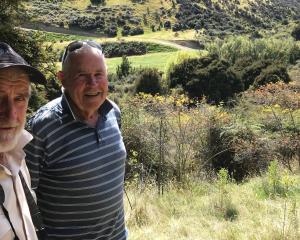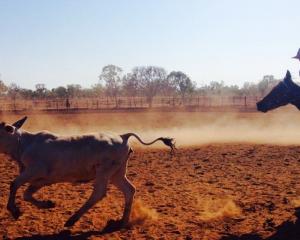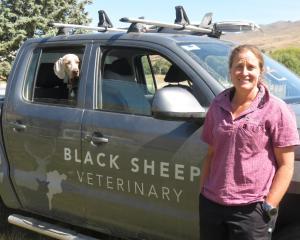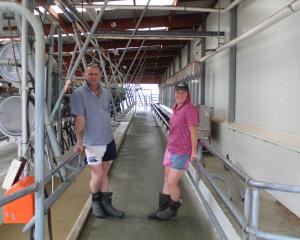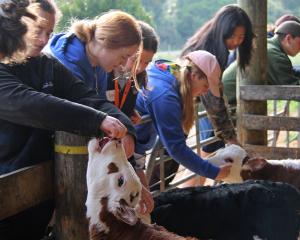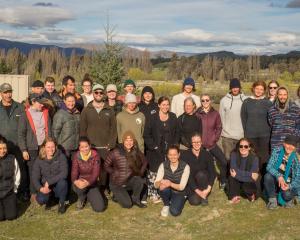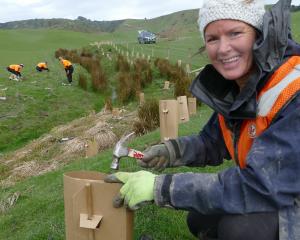
During a family holiday in Matakana a few years back, I purchased a book called The Cut Flower Garden by Erin Benzakein, of Floret Farms, in the United States, and I was totally inspired by her story.
In my past life, I have owned a florist’s shop, have been heavily involved with interior design, worked alongside Annabel Langbein as her prop stylist during her ‘‘free-range cook series’’ and, in later years, operated an event-styling company, Barefoot Styling, with good friend Sarah Shore.
When the younger of our two sons started school in September 2016 I wanted to slow my life down.
I went back to my love of pottery, persuaded the late Colin Pledger, of Rocky Point Pottery, in Tarras to tutor me, and planted a few flower seeds on our farm in the Cardrona Valley just to see how things would go. The seeds grew and I knew then this was direction I wanted to move forward in — flower farming.
My husband, Hamish, two boys Henry and Forbes, and I are lucky to own Spotts Creek Station in the middle of the Cardrona Valley.
We farm deer for velvet and venison, merino sheep and Angus cattle.

I have taken over the farm’s front paddock — a prime position for my new adventure of small-scale floriculture beneath open skies and in clean, fresh air.
This is my third growing season.
Hamish refers to the Cardrona Valley as ‘‘strugglers’ gully’’ with the harsh weather conditions of the past giving Cardrona its history of not being an easy environment.
The frosts start early and finish late, with surprise frosts even in December.
And, the summer is dry.
I’m enjoying working with my hands and I’m not afraid of the hard work that comes with floriculture.
I guess you could say I winged it for the first year, sorting out what could grow.
Soil is the most important piece of the puzzle. A good, simple watering system is next on your list of priorities.
Then there is the fun of deciding what to plant, and how to source seeds and plants. My aim is to use sustainable farming practices and to promote thoughtfully grown, local, seasonal flowers.
What do you grow?
- David Austin roses with their most beautiful, natural scent, reviving childhood memories of grandparents’ gardens.
- Dahlias — the working-class flower of many forms and colours. I will plant over 500 tubers this year .
- Gladioli standing so strong in all colours.
- A variety of annuals from seed.
- Beans for their vine.
- Cornflowers, strawflowers, nigella and zinnia seeds. Flowers are the kindest gift of all, especially if you have planted, watered, picked and delivered them yourself.The immense pleasure of giving and receiving is simple, and the cost of popping a few seeds in the corner of your garden is minimal.
What factors did you need to take into account when setting up your flower-growing business in the first year?
I considered space, how much work I could handle, the amount of sun, wind protection and water supply. I tested the soil to see what it needed, then I researched like crazy and planned what to plant.
Is it financially rewarding?
Yes, but as I am still in the start-up phase, I just keep investing in better equipment.
What potential is there to grow your business even further?
In this location there is huge potential to grow in all sorts of directions — having floral photography workshops and painting days. Everyone loves todraw or paint flowers.
Is there room for more growers in Otago?
Absolutely yes. There are other growers like me in the area. We are all learning and chatting about our farms and ideas. Having others around is great support.



